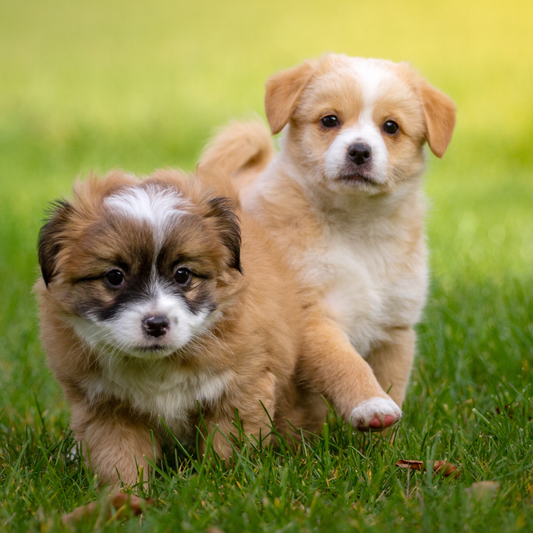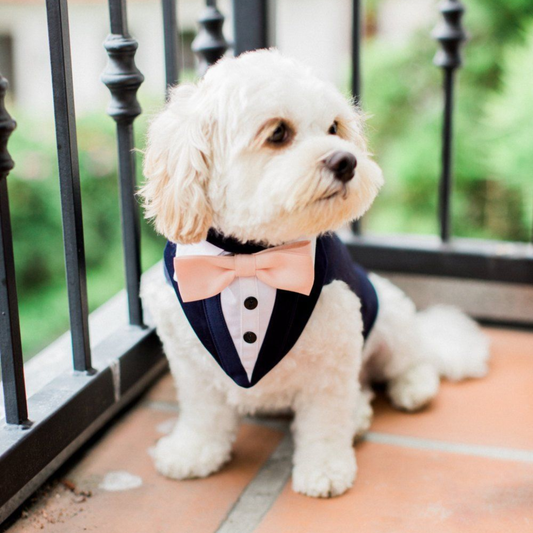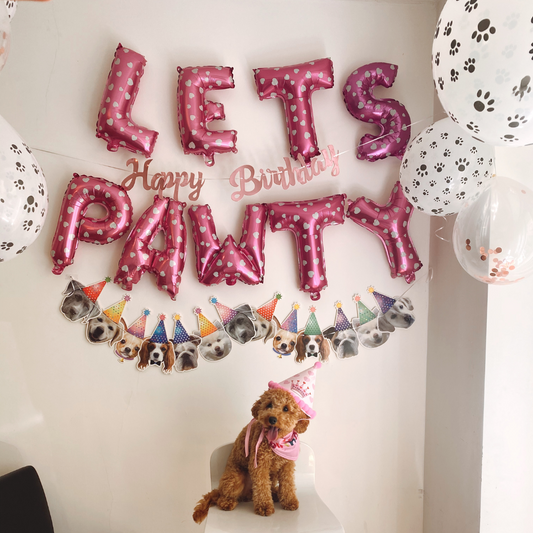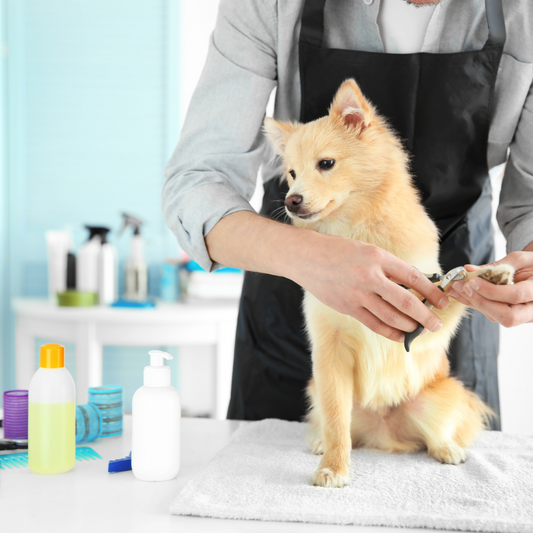Bathing your dog at home is one of the best ways to keep your furry friend clean, fresh, and healthy. It’s not just about hygiene - it’s also a great way to build trust and strengthen your bond. With the right approach, the process can be easy, enjoyable, and rewarding for both you and your pet. Here’s a complete step-by-step guide that makes dog bathing simple, safe, and stress-free.
Why Bathing Your Dog at Home Is Important
Regular baths do more than just remove dirt and odor. They play a big role in your dog’s overall well-being. Here’s why:
- Keeps skin and coat healthy – Removes dirt, bacteria, and loose hair, helping to maintain a shiny and soft coat.
- Prevents skin problems – Regular cleaning helps avoid itching, rashes, and dryness caused by dust or fleas.
- Reduces bad odors – Bathing keeps your dog smelling clean and pleasant, especially during hot months.
- Strengthens bonding – Bathing your dog yourself helps create trust and affection between you and your pet.
- Saves money – Doing it at home avoids frequent grooming bills and lets you care for your pet on your own schedule.
Step-by-Step Guide to Bathing Your Dog
Step 1: Gather the Essentials
Preparation makes the process smoother and quicker. Make sure you have:
- Dog shampoo (avoid human shampoo - it can irritate your dog’s skin)
- Brush and comb to remove tangles before and after bathing
- Towels for drying
- Non-slip mat to prevent slipping in the tub or bucket
- A cup or sprayer for rinsing
- Treats or snacks to reward your pet after the bath
Having everything nearby helps prevent stress for both you and your dog.
Step 2: Brush Before Bathing
Always brush your dog before getting them wet. This step helps:
- Remove loose hair, tangles, and dirt
- Prevent knots from tightening when wet
- Distribute natural oils through the coat
A well-brushed coat allows the shampoo to lather and clean more effectively.
Step 3: Use Lukewarm Water
Water temperature matters a lot.
- The water should feel comfortably warm, not hot or cold.
- Cold water can make your dog anxious, while hot water can irritate the skin.
- Always test the temperature on your wrist before starting.
If your dog is new to bathing, let them explore the tub and get comfortable before you begin.
Step 4: Wet Your Dog Gently
Start pouring water slowly, beginning from the neck and back, not the head.
- Avoid sudden sprays or loud water pressure - it can scare your dog.
- Wet the coat evenly so the shampoo spreads well.
- Speak softly or offer gentle praise to help your dog stay calm.
Step 5: Apply Dog Shampoo
Choose a mild, pH-balanced dog shampoo suitable for your dog’s coat type.
- Apply a small amount and lather it from neck to tail.
- Massage gently to remove dirt, oil, and loose fur.
- Pay attention to the belly, paws, and under the tail.
- For the face, use a soft, damp cloth to clean gently avoid eyes and ears.
This step also acts like a mini massage that most dogs love!
Step 6: Rinse Thoroughly
Rinsing is one of the most important parts of the process.
- Make sure no shampoo remains, as leftover soap can cause itching and dryness.
- Use clean, lukewarm water and rinse until it runs completely clear.
- Don’t forget the chest, underarms, and legs.
Step 7: Dry Your Dog Properly
After rinsing, wrap your dog in a soft towel and pat them dry.
- Avoid rubbing harshly as it can cause tangles in long-haired dogs.
- Use multiple towels if your dog has a thick coat.
- If your dog is comfortable, you can use a pet blow dryer on a low heat setting.
- Keep your pet indoors until fully dry to prevent chills.
Step 8: Reward Your Pet
Always end bath time on a positive note!
- Offer treats, verbal praise, or playtime immediately after drying.
- Positive reinforcement helps your dog remember bath time as a happy experience.
- Gradually, they’ll start to enjoy it and even look forward to their next bath.
Extra Tips for a Successful Bath
- Bathe your dog once every 3–4 weeks, or as recommended by your vet.
- Use only dog-friendly shampoo and conditioner to protect their skin’s natural oils.
- Regular brushing between baths helps reduce shedding and keeps the coat healthy.
- Always check and clean your dog’s ears and paws after the bath.
- Make bath time playful - talk to your pet and keep them relaxed throughout.









